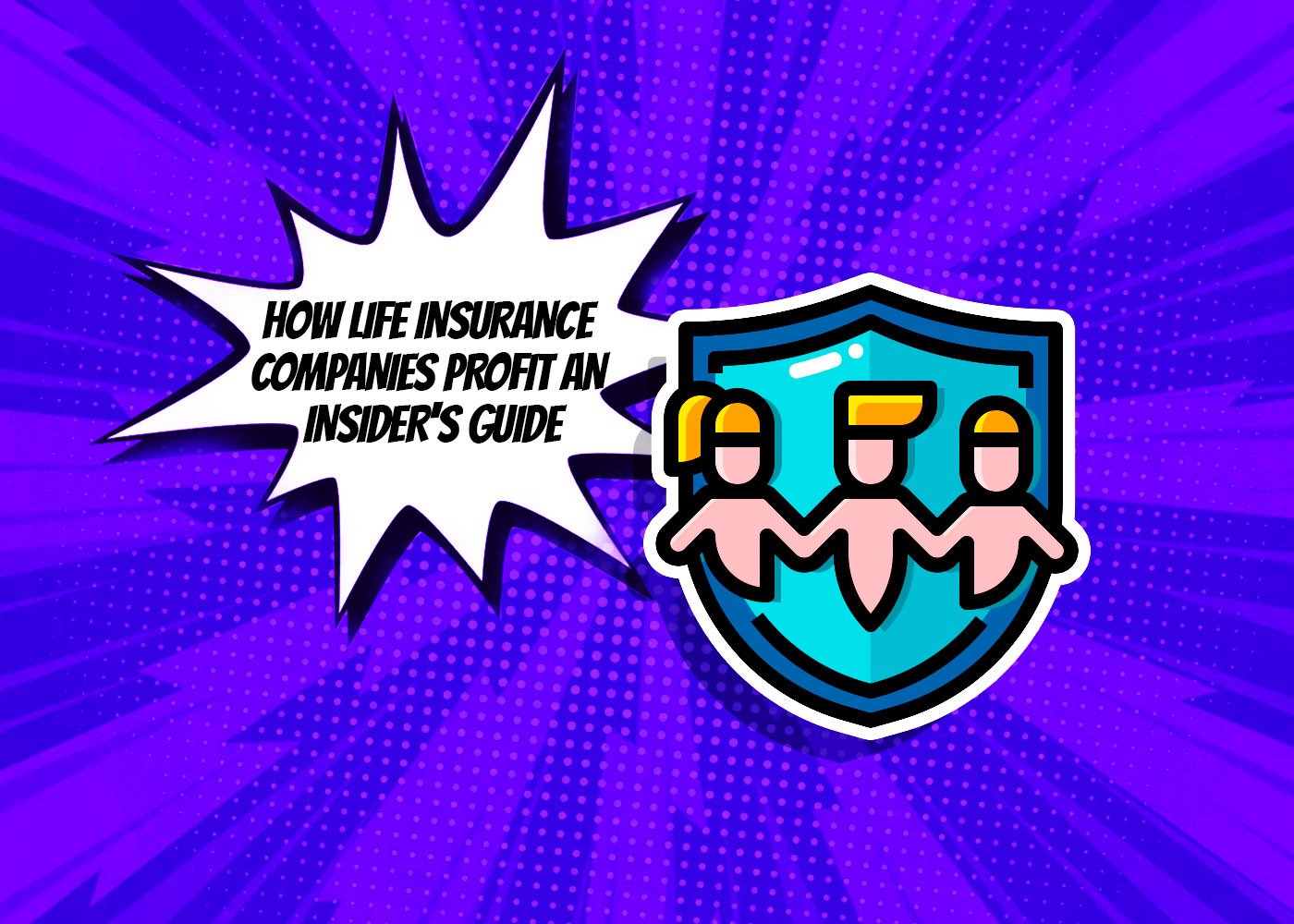When it comes to understanding how life insurance companies make money and remain profitable, many people are left in the dark. The truth is that life insurance companies have a long history of financial success, built on various strategies involving premiums and investments. In this blog post, you’ll get an insider’s guide to these strategies – from price setting to investment rules and regulations – to gain meaningful insight into how the industry works. Read on to learn more about how life insurance companies profit.
How Does Life Insurance Work?
When you purchase life insurance, you enter into a contract with the insurer in which they agree to pay out an agreed-upon amount of money to your designated beneficiary after your death. Factors such as age, health, and lifestyle determine the premium and payout. It can be comforting knowing that if something happens to you, those closest to you will still have financial stability due to this safety net.
When selecting life insurance, you have two primary options – term and permanent. Term coverage is for a set period, such as 10 or 20 years, whereas permanent offers lifelong protection with the potential to accrue investment value over time. It’s vital to remember that while life insurance can provide financial security for your loved ones in the case of an unexpected passing, it should not be considered a way to earn money or become wealthy overnight.
How Do Life Insurance Companies Make Money?
By receiving premiums from policyholders and investing them into several profitable assets like stocks, bonds, or real estate, life insurance companies can reap the rewards of their investments. This revenue is commonly known as “investment income.”
To guarantee fiscal success and secure policyholders’ claims, the company utilizes actuarial tables and risk assessments to calculate both the probability of a claim being made and how much they will need to pay out in death benefits. Subsequently, premiums are adjusted so sufficient funds are available for paying claims while allowing them room for financial gain.

Life insurance companies earn from premiums and generate income by selling financial products like annuities which give out regular payments to their policyholders. Additionally, they can charge for policy management services such as changing the assigned beneficiary or borrowing against the cash value of a policy. All in all, life insurers depend on a blend of premiums and investment earnings alongside other monetary items and assistance to make money and gain profit.
The Impact of Policyholder Behavior on Life Insurance Profits
Policyholder behavior can significantly impact the profitability of life insurance companies. There are a few key ways that policyholder behavior can affect profits:
- Lapse rates: When policyholders cease to pay their premiums and allow policies to expire, the insurance sector loses out on potential money from future premium payments and investment income. Elevated lapse rates can greatly affect insurers that offer permanent life insurance coverage, which consists of higher premiums and longer-term plans.
- Claims experience: When the death rates or claims rise, insurers may suffer losses. This means an increase in their payout for death benefits and other associated costs. Consequently, they must adjust their premiums to compensate and ensure that this risk is mitigated – thereby protecting profits in the future.
- Investment behavior: Life insurance policies offering savings or investment components enable policyholders to accumulate cash value over time. Nonetheless, if the holders choose to withdraw money from their plan or terminate it prematurely, the insurer may not be able to receive its expected financial gain throughout the duration of the policy.
To reduce these risks, life insurance companies use actuarial tables and other tools that help them predict policyholder behavior and set their premiums accordingly. They may also provide incentives so customers stick with the company for a certain number of years – such as reducing premium costs after this predetermined length of time. Managing customer action is essential if the insurer wishes to remain profitable in life insurance.
Final Words:
To sum up, understanding the different ways life insurance companies make a profit is essential for anyone considering purchasing a policy. Insurers charge premiums to insure against a customer’s death, invest the customers’ funds, and much more to ensure their success. Purchasers should ensure they understand all of these methods when researching life insurance options to make an informed decision on what product works best for them. It’s also important to remember that these organizations provide invaluable protection to people and families in difficult times – ultimately irreplaceably adding value to people’s lives. Make sure not to overlook this fact when assessing their services! After all, life insurance has many benefits for customers and providers alike.








